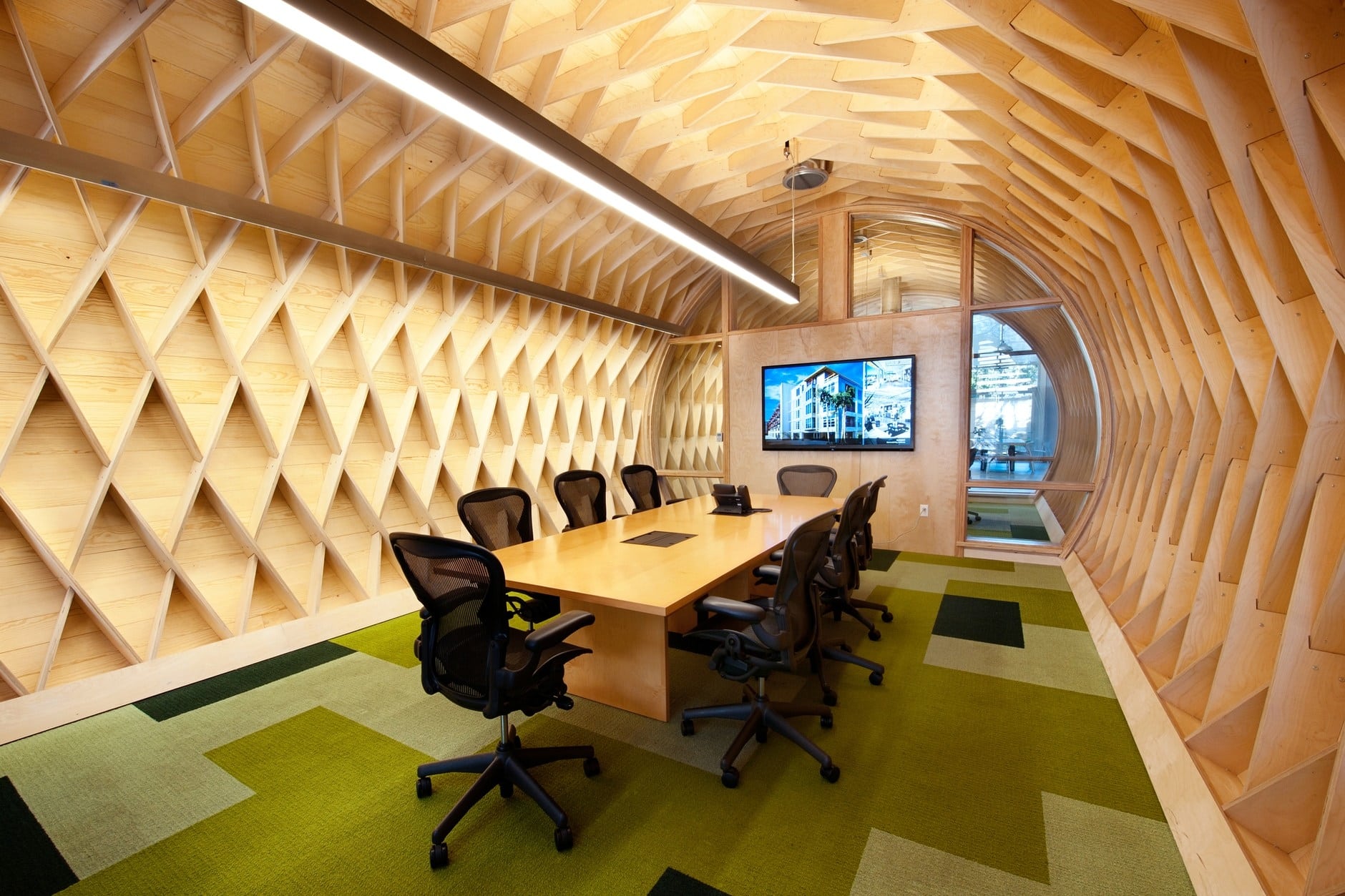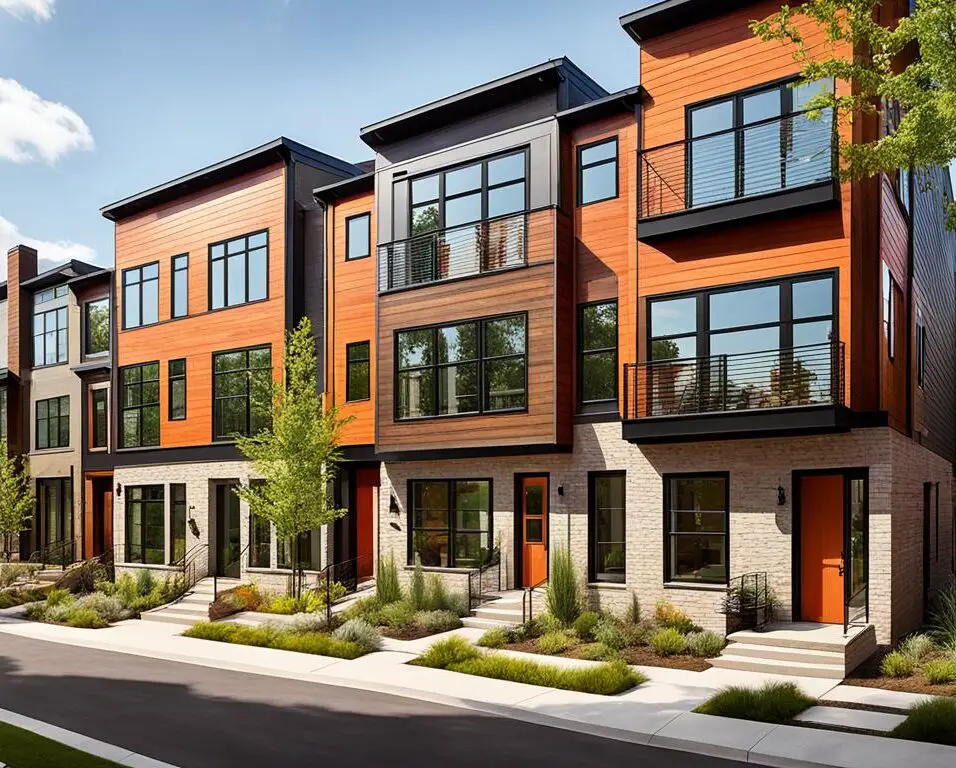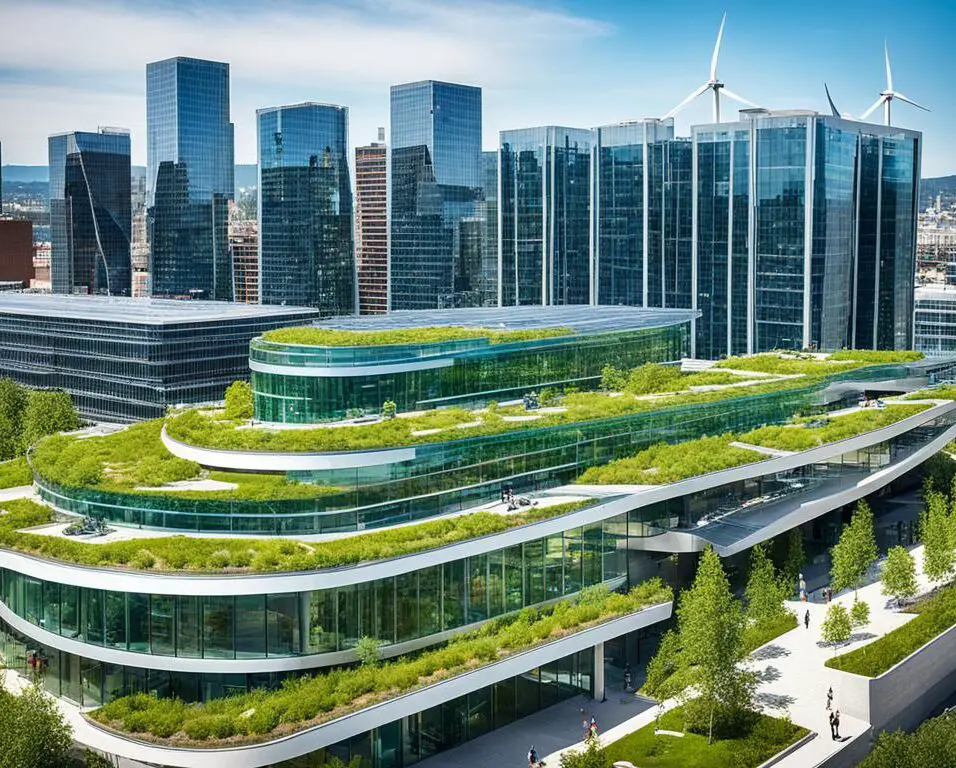Where Is Graphic Design Used In Architecture And Interior Design
Introduction
Graphic design plays a crucial role in both architecture and interior design, enhancing visual communication and transforming spaces into aesthetically pleasing and functional environments. The marriage of graphic design with these disciplines creates a seamless fusion of creativity, technology, and functionality. Brochures, websites, portfolios, and other promotional materials rely on compelling graphic design to effectively communicate the firm’s capabilities, showcase their past work, and attract potential clients.
One of the primary uses of graphic design in these fields is in the creation of architectural visualizations. By employing advanced computer software and graphic design techniques, architects and interior designers can develop realistic renderings of their projects, allowing clients and stakeholders to visualize the proposed designs before construction begins. These visualizations enable effective communication of ideas and facilitate decision-making processes.
In addition to visualizations, graphic design also plays a significant role in branding and wayfinding within architectural and interior spaces. Designing logos, signage, and environmental graphics that reflect the identity and purpose of a building or interior environment is crucial for establishing a cohesive and memorable experience. From the iconic Apple logo adorning the Apple Stores to the intricate signage guiding visitors through a complex building, graphic design forms an integral part of the overall design strategy.
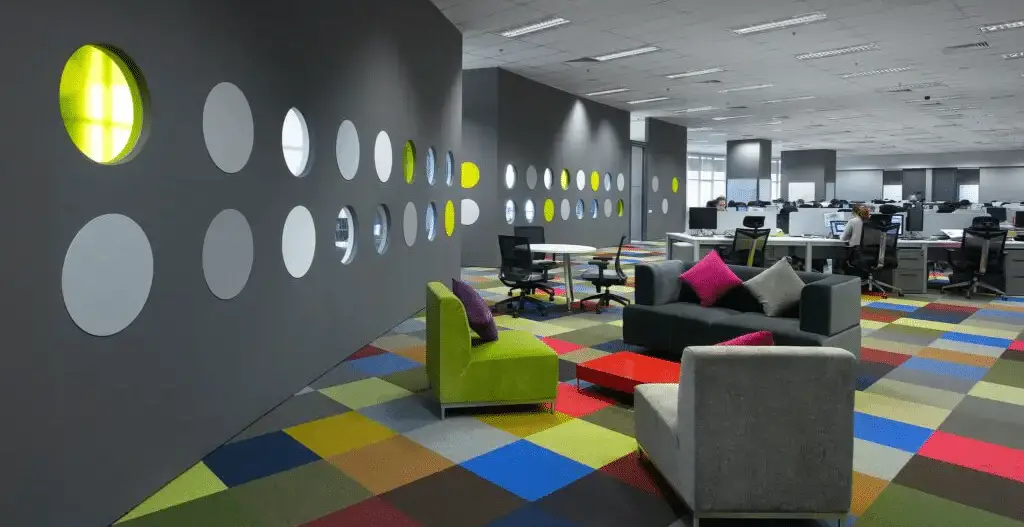
How Is Graphic Design Used In Architecture?
Graphic design is an important communication tool that architects can use to express messages. This means that designers can help visitors understand a story or narrative through the built elements of the structure.
The inclusion of the architectural graphic designs creates a strong sense of place, fulfills human needs, helps users find their way, and communicates a building’s narrative, fostering a strong conversation between the person and place.
Graphic design plays a vital role in the field of architecture, enhancing communication, and bringing visual appeal to the built environment. While architecture primarily deals with the design and construction of physical structures, graphic design complements and supports this process by conveying information, shaping identities, and creating a cohesive visual language. Here, we explore how graphic design is used in architecture.
One of the fundamental ways graphic design is utilized in architecture is through the creation of visual representations, such as blueprints, renderings, and diagrams. These graphics communicate complex ideas and concepts in a simplified and visually engaging manner, helping architects convey their vision to clients, contractors, and other stakeholders. By using symbols, colors, and typography, graphic designers can effectively communicate spatial relationships, material choices, and design intentions.
In addition to technical drawings, graphic design is crucial in shaping the identity and branding of architectural firms. A well-designed logo, website, and marketing collateral create a cohesive and professional image for an architectural practice. Graphic designers work closely with architects to develop visual identities that reflect the firm’s values, style, and expertise.
What Is The Use Of Graphic Design In Interior Design?
Graphic design within interior spaces is essential, especially when it comes to making first impressions. This rings true for the interior visuals of a business, especially automotive, where defining and emphasizing your brand to your customers is key.
Graphic design plays a crucial role in interior design, bringing creativity, visual appeal, and effective communication to the design process. Graphic design adds visual components to interior design to convey information, set the mood, and create a unified design language. Here, we explore the various uses of graphic design in interior design.
Graphic designers use mood boards & concept presentations in interior design. Graphic designers collaborate with interior designers to visualize design concepts using color palettes, material samples, textures, patterns, & inspirational images. These graphics assist clients and stakeholders in grasping the design direction and make educated decisions.
In addition to mood boards, graphic design is instrumental in the selection and application of wall coverings, wallpapers, and murals. Graphic designers collaborate with interior designers to create custom-designed graphics or select existing patterns that complement the overall design scheme. These graphic motifs can give walls depth, texture, and visual intrigue, making them focal points or setting a mood.
What Is The Importance Of Graphics In Interior Architecture?
The graphic designs to be applied to the ceiling surface can enable the user to perceive the space as a whole, enhance the influence of the space’s elements, emphasize the dimensions and depth of the space and even outline it.
In interior architecture, graphics improve aesthetics, utility, and communication. In interior architecture, graphics improve aesthetics, utility, and communication. Graphics enhance interior architectural projects by adding visual appeal, communicating information, and unifying design.
Interior architectural graphics add aesthetic interest and atmosphere. Graphics include wall coverings, murals, artwork, & decorative components. These visual interventions transform surfaces into focal points or atmospheres by adding texture, color, pattern, & depth. Graphics have the power to evoke emotions, set the mood, and create a memorable experience for occupants and visitors.
Furthermore, graphics in interior architecture serve as a tool for communication and wayfinding. Clear and intuitive signage systems are essential in large-scale interior environments, such as offices, airports, shopping malls, and educational institutions. Graphics help users navigate these environments by pointing out attractions and providing directions. Interior architects may improve user experience, reduce confusion, and organize complicated settings with efficient graphic design.
Does Graphic Design Go With Interior Design?
Since there is so much overlap in the two professions, it seems natural that they would work together from time to time. The most common instance in which graphic and interior designers work together is on branding projects. Branding is all about communicating the essence of a company.
Graphic design and interior design are closely intertwined disciplines that often go hand in hand. Both fields share a common goal of creating visually appealing and functional spaces, and the collaboration between graphic designers and interior designers can greatly enhance the overall design outcome. Here, we explore how graphic design and interior design work together.
Graphic design and interior design overlap in visual element selection and application. Graphic designers use typography, color theory, and composition to produce aesthetically appealing interior design graphics. Graphics can be wall coverings, murals, signage, artwork, & decorative features. Interior designers can create focal points or ambiance by adding depth, texture, & visual interest to surfaces using well-created graphics.
Additionally, graphic design plays a crucial role in wayfinding and signage within interior design projects. Offices, hospitals, airports, and schools need clear, effective signage to guide visitors. Graphic designers work with interior designers to create clear and intuitive signage that matches the design aesthetic. By incorporating visually appealing signage, interior designers ensure a seamless and user-friendly experience within the space.
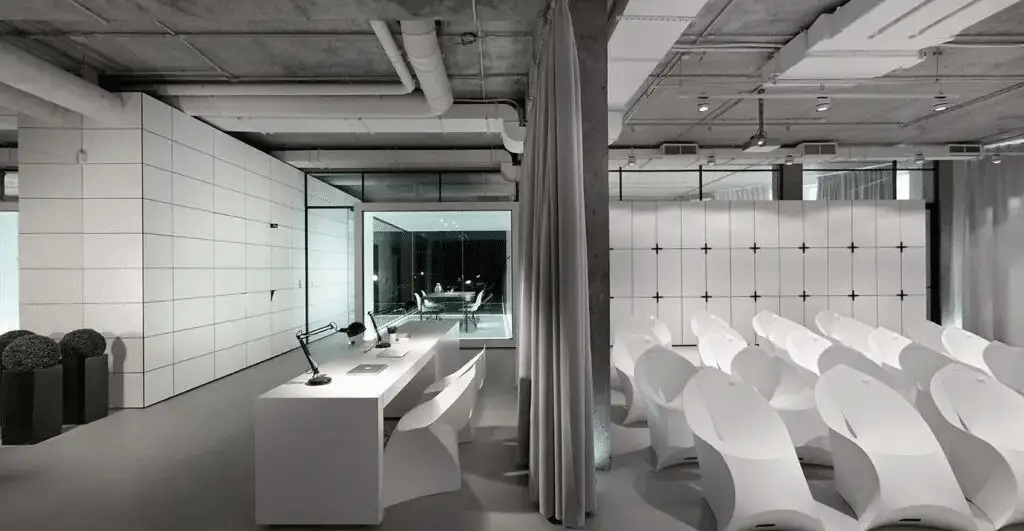
Do Architects Use Graphic Design?
Graphic design is an essential component to architectural design. It is a visual communication tool that utilizes typography, color, and form as a way to influence our interaction with and provide a sense of identity of place and space.
Yes, architects often use graphic design as an integral part of their work. Graphic design plays a crucial role in aiding architects in visualizing and communicating their design ideas to clients, colleagues, and the public. It enhances the presentation of architectural concepts and helps convey complex information in a clear and visually engaging manner. Here, we explore how architects use graphic design in their practice.
One of the primary ways architects use graphic design is in the creation of visual representations of their designs. This includes producing architectural drawings, renderings, and diagrams that effectively communicate the design intent, spatial relationships, and material choices. Graphic designers collaborate with architects to develop these visuals, using various techniques such as color, shading, and texture to bring the designs to life. These graphics help clients and stakeholders visualize the proposed architecture and make informed decisions.
Furthermore, graphic design is instrumental in architectural presentations and exhibitions. Architects often rely on visual presentations to communicate their designs to clients, juries, and the public. Graphic designers assist in creating compelling presentations by developing layout designs, selecting appropriate visuals, and ensuring consistency in typography and branding. These presentations can be in the form of printed materials, digital presentations, or interactive displays, all of which help architects effectively convey their ideas and engage their audience.
How Is 3d Design Used In Architecture?
How is 3D design used in architecture?
What are the benefits of 3D modelling in construction? The architecture and construction industry can use 3D modelling to demonstrate proposed buildings instead of using more traditional physical architectural models. This can help with extensive structures such as arches or unique extensions.
The architecture and construction industry can use 3D modelling to demonstrate proposed buildings instead of using more traditional physical architectural models. This can help with extensive structures such as arches or unique extensions.
3D design has transformed architecture by helping architects envision, analyze, and convey their ideas. It allows architects to produce virtual three-dimensional models of buildings and areas for more accurate and effective design exploration. Architecture uses 3D design.
One of the primary applications of 3D design in architecture is in the creation of architectural visualizations and renderings. Architects can create photorealistic photographs of a building in its intended surroundings by developing a 3D model. These visualizations assist clients, stakeholders, & the public visualize the design concept. They accurately depict materials, lighting, & spatial interactions, enabling informed design decisions and successful communication.
3D design helps create thorough construction documents and visuals.Using a 3D model, architects can measure, develop floor plans, sections, elevations, and construction details. This streamlines design documentation enhances accuracy, and lowers construction errors and conflicts. 3D design software makes updates and modifications easy, so stakeholders always get the latest design information.
Does Autocad Architecture Have 3d?
AutoCAD Architecture lets you design and document architecture, engineering, and construction (AEC) projects faster with 2D and 3D modeling tools that are specifically tuned for architectural design.
Yes, AutoCAD Architecture does have 3D capabilities. AutoCAD Architecture is specialist software for architects and builders.It supports 2D and 3D architectural design & documentation. AutoCAD Architecture lets users construct and edit 3D building and space models. The software lets architects accurately model walls, doors, windows, roofs, & staircases by generating 3D solids, surfaces, & meshes. These 3D objects can be easily modified, resized, and positioned within the model.
AutoCAD Architecture offers various features and functionalities to enhance the 3D design process. Users can apply materials and textures to the 3D models, providing a realistic representation of the building’s surfaces. Parametric components allow users to define smart, customizable objects in the software.
In addition to creating 3D models, AutoCAD Architecture allows for the generation of detailed 2D documentation from the 3D model. The 3D model can automatically generate 2D floor plans, elevations, sections, and other construction documentation, ensuring design accuracy and uniformity. This integration between 2D and 3D enables architects to have a comprehensive and coordinated set of design drawings and documentation.
How Does Graphic Design Contribute To The Overall Aesthetic Of Architectural And Interior Spaces?
Graphic design contributes to the overall aesthetic of architectural and interior spaces by integrating visual elements harmoniously. It helps establish a consistent visual language throughout the project, incorporating typography, color schemes, and graphic motifs that align with the desired atmosphere and branding goals. Through thoughtful graphic design, spaces can evoke specific emotions and create a unique identity.
Graphic design plays a significant role in enhancing the overall aesthetic of architectural and interior spaces. It increases atmosphere, provides information, and forms a cohesive design language. Here, we explore how graphic design contributes to the aesthetic of architectural and interior spaces.
Graphic design uses color, typography, and imagery to improve architectural and interior spaces. Graphic designers carefully select and combine these elements to create visually engaging graphics, signage, and environmental graphics. These elements can add vibrancy, contrast, and visual interest to a space, making it more visually appealing and captivating.
Graphic design also unifies architectural and interior design. Graphic designers combine space, text, colors, and branding. Consistency offers a cohesive, well-designed environment that complements the aesthetic and improves user experience.
Moreover, graphic design can contribute to the storytelling and thematic experiences within architectural and interior spaces. Graphics can be used to convey narratives, historical context, or a specific theme. In museums, graphics can give exhibit information, create immersive surroundings, or recall a particular time period.
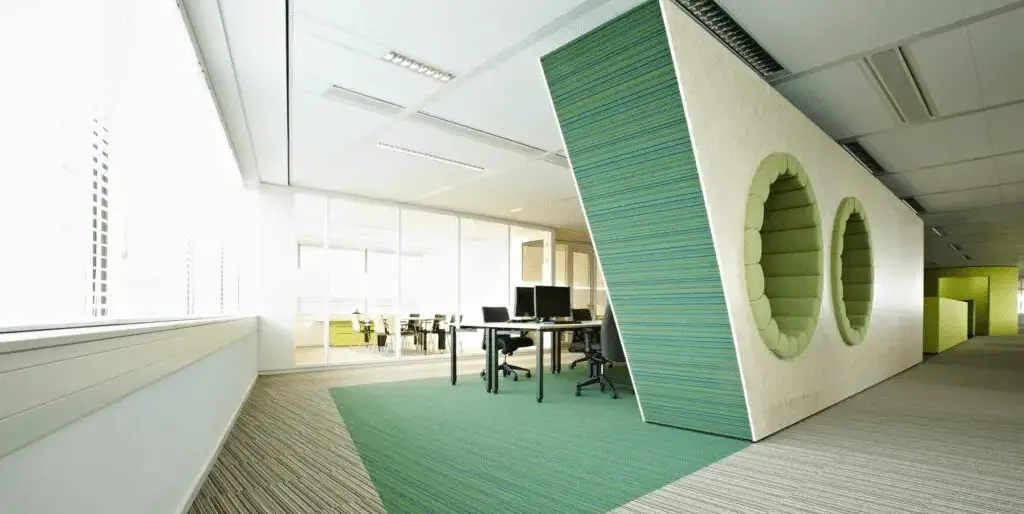
Conclusion
Graphic design occupies a vital position within the realms of architecture and interior design, contributing to the success of projects by elevating visual communication and creating visually captivating spaces. Its diverse applications encompass architectural visualizations, branding and wayfinding, and marketing materials. Architectural visualizations, enabled by advanced software and graphic design techniques, allow architects and interior designers to present their ideas and designs in a realistic and immersive manner.
This aids in conveying concepts to clients and stakeholders, fostering better understanding and informed decision-making. Graphic design also plays a pivotal role in establishing the visual identity and wayfinding systems within architectural and interior spaces. By crafting logos, signage, and environmental graphics, designers create a cohesive and memorable experience, ensuring that visitors can navigate through complex environments with ease.
Furthermore, graphic design lends its expertise to the creation of marketing materials for architectural and interior design firms. Through visually compelling brochures, websites, and portfolios, these firms effectively showcase their capabilities, past work, and unique design philosophy, attracting potential clients and setting themselves apart in a competitive industry. By seamlessly integrating graphic design into their practices, architects and interior designers harness its power to enhance communication, foster brand recognition, and deliver visually appealing experiences.



